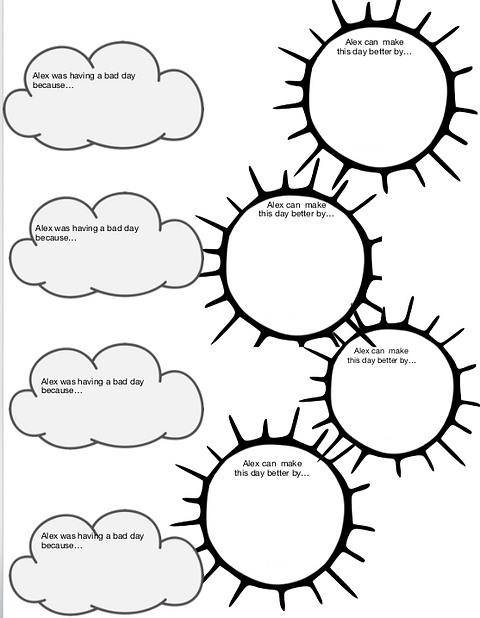School Counselor and LGPC
PREVIOUS WORK

EMOTION IDENTIFICATION
I believe that naming the emotion that you feel is an essential first step in self-regulation, problem solving, and behavior management. I encourage this for my students via a bilingual emotion wall. Once students are able to name the emotion they are experiencing, we work together to connect it to the resulting behavior and identify healthy coping skill alternatives.
CALM CORNER
While I work with my students on a variety of coping skills, deep breathing is a consistently available option. Students who need a break can sit in the "calm corner" of the room and practice their preferred method of deep breathing (rainbow, square, or hand breathing) in their preferred language (English, French, or Spanish)


JENGA
To help break the ice, I like to start my first sessions with students by playing a counseling version of Jenga. Each block color has a matching stack of index cards with questions on them. Whenever someone pulls out a block, they answer a question from the matching index card pile. This helps me get to know the student and build trust and rapport with them. I've also used Jenga to discuss friendship topics with students and the importance of trust and building on a strong foundation.
ANXIETY
To help a student cope with his anxiety, we read the book Alexander and the Terrible, Horrible, No Good, Very Bad Day and completed activities related to it. In this activity, the student was asked to share what bad thing happened to Alexander in the book and a different way he could have responded to it.


GRIEF
Losing a loved one can be devastating, and I prioritize being present to support students through difficult times. Because everyone experiences grief differently, I have worked with students in many different ways to process the loss. One method I have used (pictured) is the ball in the box analogy, which states grief can be imagined as a box with a button and a large ball inside. When the loss first occurs, the ball is very large, and almost anything can trigger it bumping into the button and bringing up sad feelings. As time goes by, the ball shrinks and those feelings may occur less often, but still might arise at different times. When working with younger students, I have also used the book The Invisible String, talking about feelings, and grief processing worksheets.

